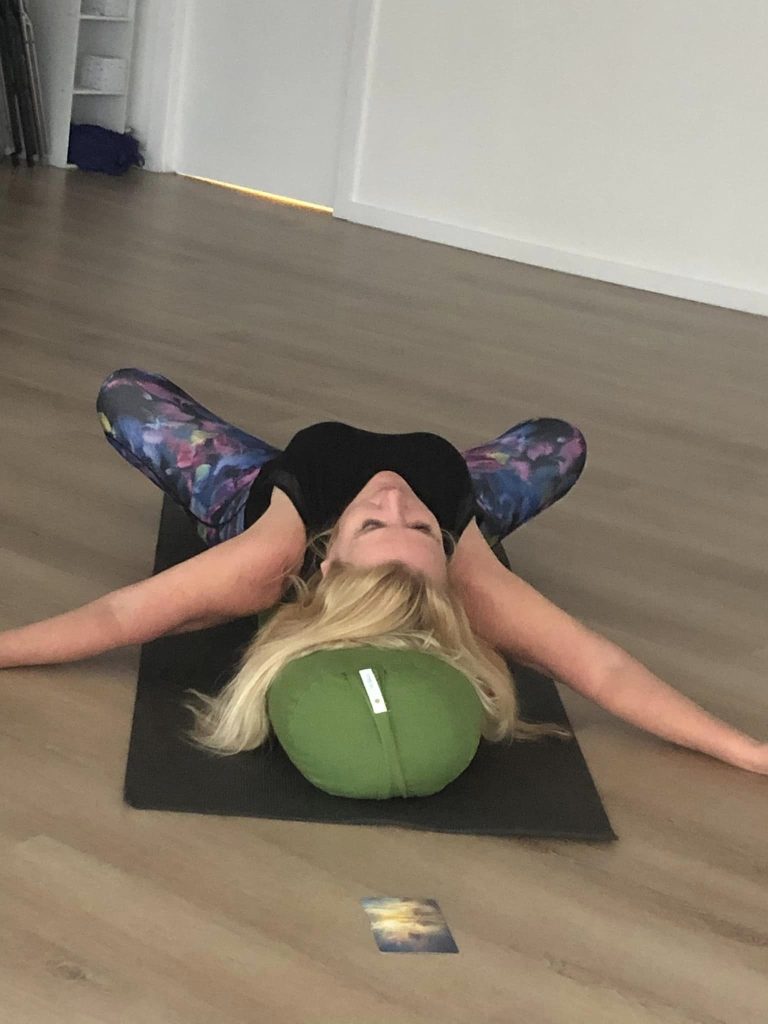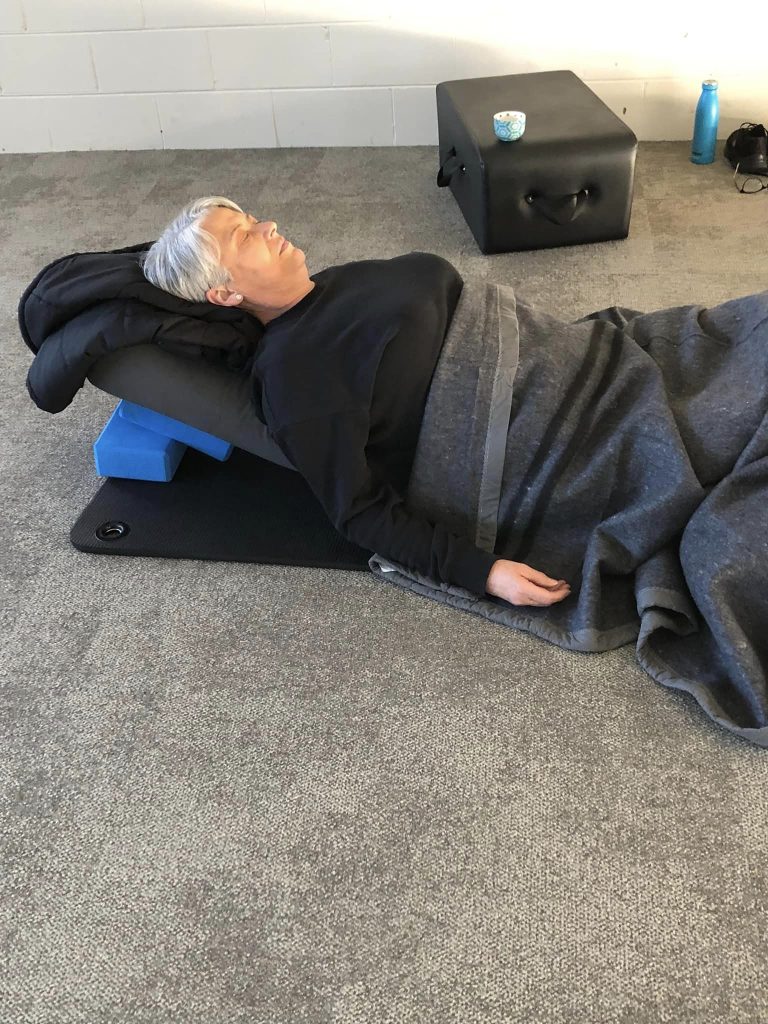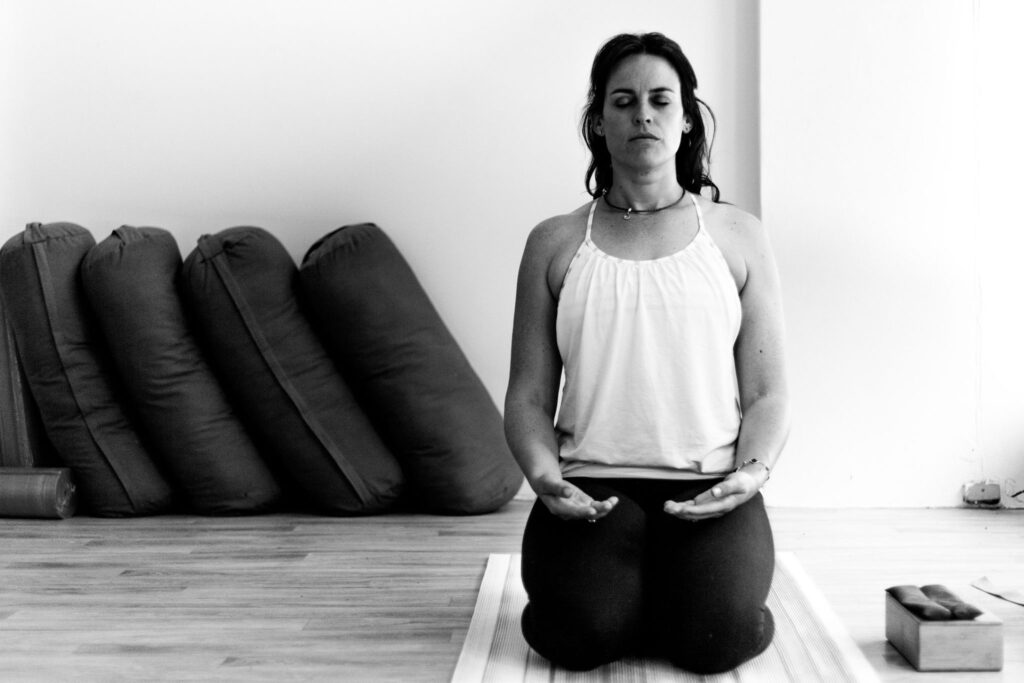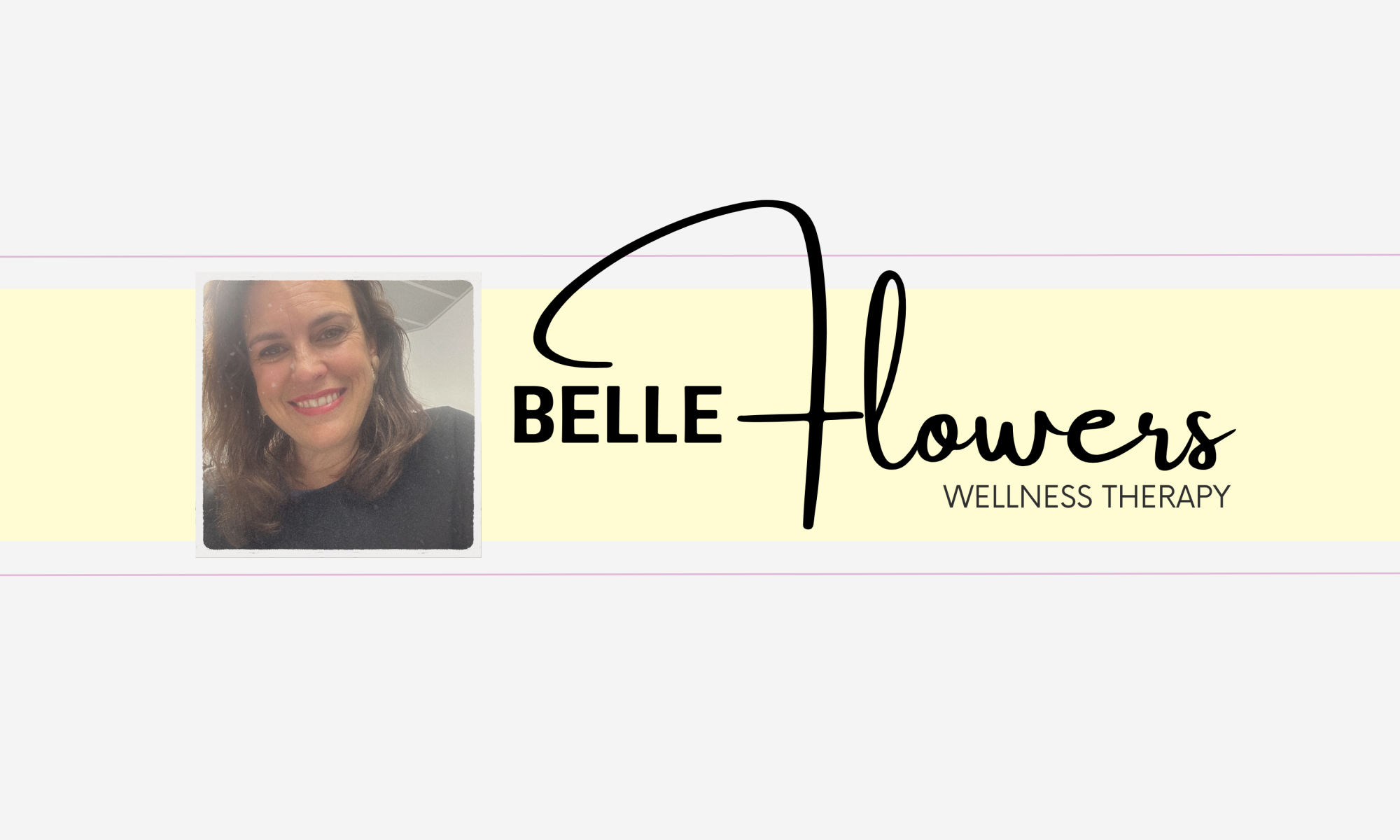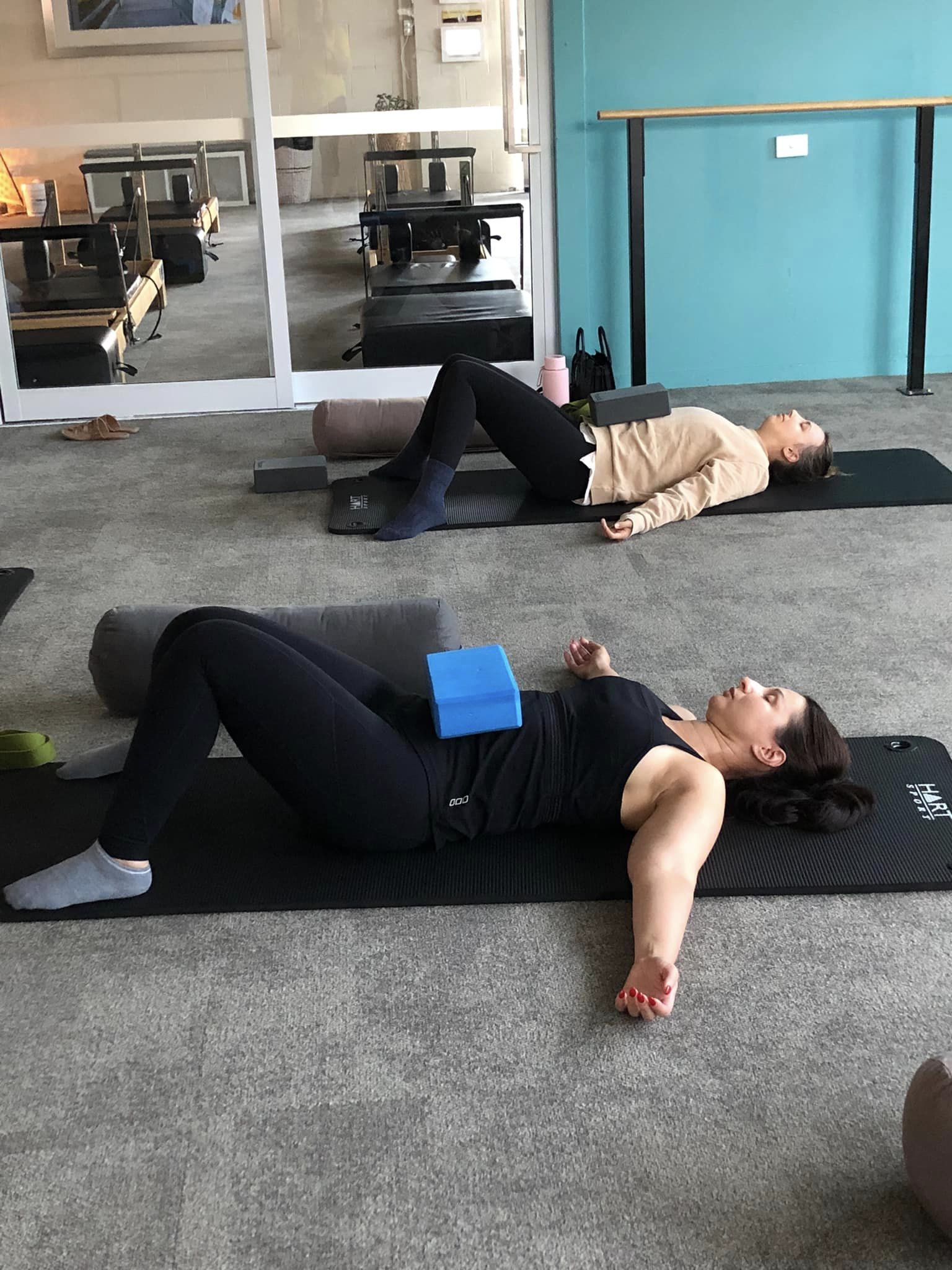Learning how to breathe efficiently can help to reduce stress, reduce pain and promote a greater sense of peace in the mental body. The concept of “breathing light” will help you to go deeper into a state of deep relaxation and peace. Breathwork with an experienced guide can help you to calm and quiet the mind so that your entire being can fully relax – within just a few minutes.
Breathwork for your physical body
Most people are not breathing for longevity.
‘Fast breathing’ (habitually breathing more air than your body needs) and ‘chest breathing’ (breathing high up in your chest), and ‘mouth breathing’ are common detrimental breathing patterns. Long-term, it’s very bad for you, contributing to heart disease, high blood pressure and early mortality. That old saying of “take a deep breath,” which often results in a fast, hard gasp of air, may be detrimental.
Physiologically speaking it is common that people are using the wrong muscles to breathe, such as the upper chest and neck muscles. It means you don’t take a full breath in, and you aren’t taking advantage of each breath. This can lead to irritability, fatigue, chronic conditions, and of course brain fog.
When you learn how to breathe efficiently, in a way that supports your body back to health, and when done before bed, you will find that you have a restful night’s sleep, and wake fully refreshed.
Poor breathing – effects on your body
breathlessness
not enough oxygen getting to the tissues of the body
chronic back pain
asthma (wheezing, gasping for breath)
chronic conditions with no obvious cause (none that medicine can pin point)
sleep apnea
Poor breathing – effects on your mind
panic
anxiety
overwhelmed easily
always feeling stressed out
insomnia
Chronic Conditions
Poor breathing patterns have been linked to type 2 diabetes, arthritis conditions, cardiovascular disease, astham, panic disorders and anxiety.
Healthy breathwork happens through the nose
The nose is your key to better health, and in a breathwork session with Belle you will learn how to breathe for better health. When you take in air into the nostrils it warms the air, filters it, and removes bacteria.
Nitric oxide is produced through nose breathing, and when taken gently down into the lungs helps to open the airways and the blood vessels. Increased CO2 helps to leverage O2 into the tissues. If you are doing long deep breaths, this actually stops the removal of O2 into the tissues!
Carbon dioxide (CO2) is important because it is the catalyst that causes red blood cells to release oxygen to your cells and organs, where it is used to make energy. Because of this, CO2 provides the body’s primary stimulus to breathe in. When breathing is fast and hard, you can blow off too much CO2. When CO2 is low, oxygenation will never be optimal, even if your blood is fully saturated with oxygen.
Therefore it’s important to develop greater tolerance to changes in CO2. If you can tolerate the feeling of air hunger caused by rising CO2, your breathing will become more efficient.
Breathe light to breathe right
Healthy breathing is light, slow, and deep (LSD) and through the nose. Breathing pattern disorders involve three dimensions — biochemical, biomechanical, and psychological.
Patrick McKeown
We reduce sensitivity to CO2 by practicing breathing light. This provides optimal oxygen delivery while reducing your breathing volume, where you will experience feelings of air hunger. When you understand that breathlessness indicates changes in blood carbon dioxide levels, not a lack of oxygen, it becomes easier to work with the discomfort. In time, your body adapts, reducing your sensitivity to CO2. Stamina improves and breathlessness decreases.
Breathing light, slow and deep into the belly will help you to utilise all the O2 in your blood and help make you feel more calm in the process.
Ready to begin?
